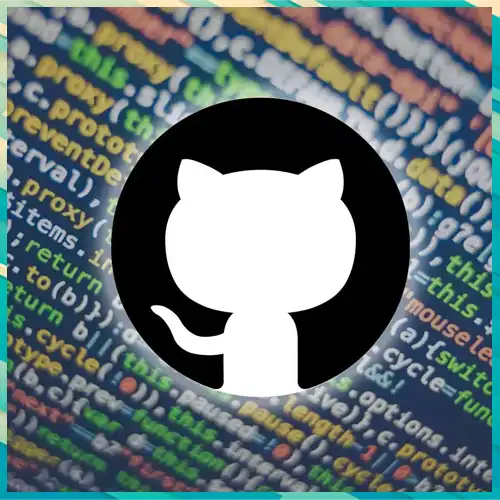
The hosting and collaborating platform, GitHub is facing a major challenge as over 100,000 projects have been identified with bad code. For the developers this has become a serious threat as they may have unwittingly used or downloaded malicious software.
A lot of incorrect code has been found across various locations and this indicates difficulty for GitHub. Malicious users are uploading a lot of malwares and it is posing a challenge for the company’s system to detect and remove them.
The repositories found to contain malicious code include Trojan horses, viruses, worms, spyware, and ransomware, posing a range of threats to users’ systems and data.
The presence of malwares on the GitHub platform has deep consequences for developers. The most critical factor of utilizing such code leads to creating vulnerable software, putting users and applications at risk of hacking and data breaches. Also, developers who inadvertently use malicious code may face accountability for any resulting security incidents, damaging their reputation and business prospects.
GitHub is actively addressing the issue by employing automated systems and tools to identify and eliminate repositories containing malware. However, the platform faces challenges in keeping pace with rapidly evolving attack strategies employed by threat actors.
The major hardship is the constant adaptation of adversaries to evade detection by security systems. This ongoing battle requires regular updates to automated systems to effectively counter new threats.
There is also a risk of false positives which means the legitimate code may be considered as malicious by mistake which may cause disruption for developers.
GitHub’s efforts to combat the influx of bad code demonstrate a commitment to maintaining the integrity and security of its platform while safeguarding the interests of its users.
See What’s Next in Tech With the Fast Forward Newsletter
Tweets From @varindiamag
Nothing to see here - yet
When they Tweet, their Tweets will show up here.




























